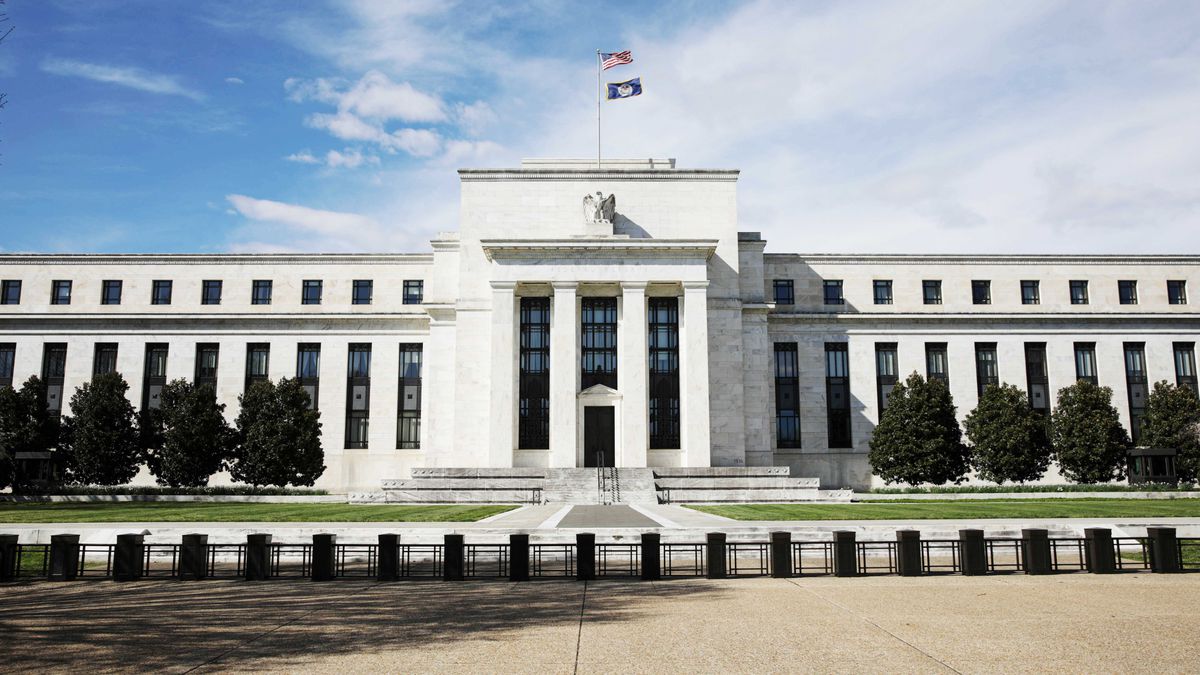Fed Signals Shift Toward Neutral Monetary Policy as Economy Remains Strong
03.10.2024 11:30 1 min. read Kosta Gushterov
U.S. Federal Reserve Chair Jerome Powell envisions a shift toward a more “neutral stance” in future monetary policy.
Speaking at an economic conference in Nashville this week, Powell described the overall state of the economy as “strong.” He emphasized that the Fed faces comparable risks in its dual objectives of curbing inflation while sustaining a robust labor market.
The recent decision to lower the policy rate by 50 basis points reflects increased confidence that, with a suitable adjustment in policy, the strength of the labor market can be preserved alongside moderate economic growth and a sustainable decline in inflation toward the 2% target.
Looking ahead, Powell indicated that if the economy unfolds as anticipated, the Fed’s policies will gradually align with a more neutral approach.
However, he stressed that there are no fixed plans, as the risks involved are two-sided. The Fed will continue to make decisions based on the data, evolving economic outlook, and the balance of risks, reinforcing the overall stability of the economy with the available tools.
Notably, the Fed reduced interest rates last month for the first time since March 2020, with the U.S. inflation rate recorded at 2.5% in August.
-
1
Russia’s Oil Revenues Strained as Exports Decline Again
24.06.2025 18:00 2 min. read -
2
Recession Fears Linger as Economic Signal Flashes Long-Term Warning
25.06.2025 9:00 2 min. read -
3
Robert Kiyosaki Predicts When The Price of Silver Will Explode
28.06.2025 16:30 2 min. read -
4
Trump Targets Powell as Fed Holds Rates: Who Could Replace Him?
27.06.2025 9:00 2 min. read -
5
U.S. PCE Inflation Rises for First Time Since February, Fed Rate Cut Likely Delayed
27.06.2025 18:00 1 min. read
U.S. Announces Sweeping New Tariffs on 30+ Countries
The United States has rolled out a broad set of new import tariffs this week, targeting over 30 countries and economic blocs in a sharp escalation of its trade protection measures, according to list from WatcherGuru.
Key U.S. Economic Events to Watch Next Week
After a week of record-setting gains in U.S. markets, investors are shifting focus to a quieter yet crucial stretch of macroeconomic developments.
Robert Kiyosaki Predicts When The Price of Silver Will Explode
Robert Kiyosaki, author of Rich Dad Poor Dad, has issued a bold prediction on silver, calling it the “best asymmetric buy” currently available.
U.S. PCE Inflation Rises for First Time Since February, Fed Rate Cut Likely Delayed
Fresh data on Personal Consumption Expenditures (PCE) — the Federal Reserve’s preferred inflation gauge — shows inflation ticked higher in May, potentially delaying the long-awaited Fed rate cut into September or later.
-
1
Russia’s Oil Revenues Strained as Exports Decline Again
24.06.2025 18:00 2 min. read -
2
Recession Fears Linger as Economic Signal Flashes Long-Term Warning
25.06.2025 9:00 2 min. read -
3
Robert Kiyosaki Predicts When The Price of Silver Will Explode
28.06.2025 16:30 2 min. read -
4
Trump Targets Powell as Fed Holds Rates: Who Could Replace Him?
27.06.2025 9:00 2 min. read -
5
U.S. PCE Inflation Rises for First Time Since February, Fed Rate Cut Likely Delayed
27.06.2025 18:00 1 min. read


